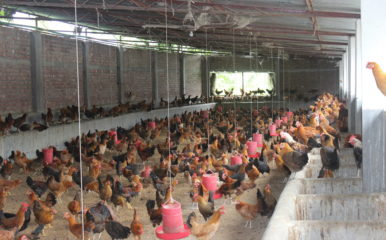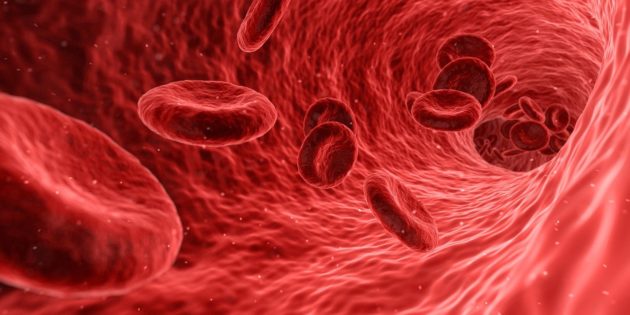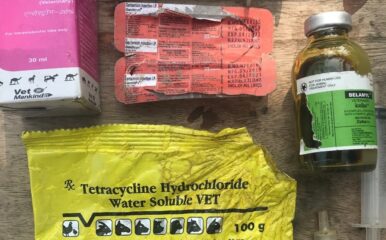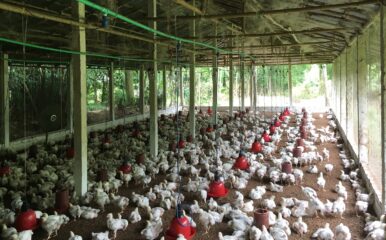
The risky business of zoonoses
Published on 13/10/2022

Arek Socha/Pixabay
 This blog focuses on the ZOODLE word ‘RISKS’.
This blog focuses on the ZOODLE word ‘RISKS’.
A general definition of risk is ‘a situation involving exposure to danger’. So when we talk about disease risk, a starting point is to simply replace the word ‘danger’ (which is anything that can cause potential harm, also called a hazard) with ‘disease’.
Of course, disease risk is meaningless if it has no dimension of magnitude. Attempting to evaluate or quantify the level of disease risk is referred to as risk assessment. Conventionally, this is done by multiplying the estimated likelihood of disease occurring in a specific context with the expected consequence of this occurrence.
The likelihood is generally informed by variables related to disease transmission. For instance, if three out of 10 chickens at a live bird market are carrying bacteria that cause diarrhoea in people, and there is a one in 10 chance that the person cleaning the chicken carcasses gets an infectious dose, then the likelihood is 3% that the person will soon need to make a dash for the toilet.
These consequences can be economic (i.e., the financial impacts on production, trade and society a case of disease will have) or biological (i.e., the extent to which health will be compromised, with the worst outcome being death). For our unfortunate chicken seller, the personal consequence may be highly unpleasant, but hopefully will not be fatal; from a disease risk perspective the consequence may be limited to a few days’ lost productivity.
Modelling risk
As likelihood as well as consequence often cannot simply be expressed as numbers, the degree of risk is often expressed only as a range. Depending on the data and information being used, these ranges can be categorically classified, for example from negligible to severe, or expressed as a numeric estimate with a degree of confidence in the form of a confidence interval.
In animal health, risk assessments are often carried out using probabilistic models. These incorporate different assumptions and scenarios related to disease characteristics, practices and interventions, etc., and such models are often applied in the context of trade (e.g., for importing animals into a country or area), in planning and preparedness (e.g., contingency planning in the event of exotic disease outbreaks) and to assess the potential effects of interventions.
As disease transmission is also determined by geographic factors and animal and human movements, such models are increasingly incorporating spatial components, such as the locations of markets or farms.
Policy and risk
In the One Health Poultry Hub, we are undertaking studies to help quantify the risks of zoonotic infections from chicken and eggs at different points in a range of production and distribution systems. With our One Health focus, we are investigating the risks to people as well as animal populations. In addition – and importantly – we are assessing how changes in practices and behaviours, of producers as well as consumers, could reduce these risks.
Such evidence is essential to formulate recommendations, for example for the decision makers charged with developing the policies that regulate these practices. For example, in Vietnam, the Hub is undertaking an analysis of policies governing the functioning of chicken slaughterhouses, one aim of which is to identify potentially risky slaughter practices. Combining such information with data from public health research (including studies performed by Hub partners) can lead to changes in such policies which eventually reduce the risk of transmission of foodborne infections.


